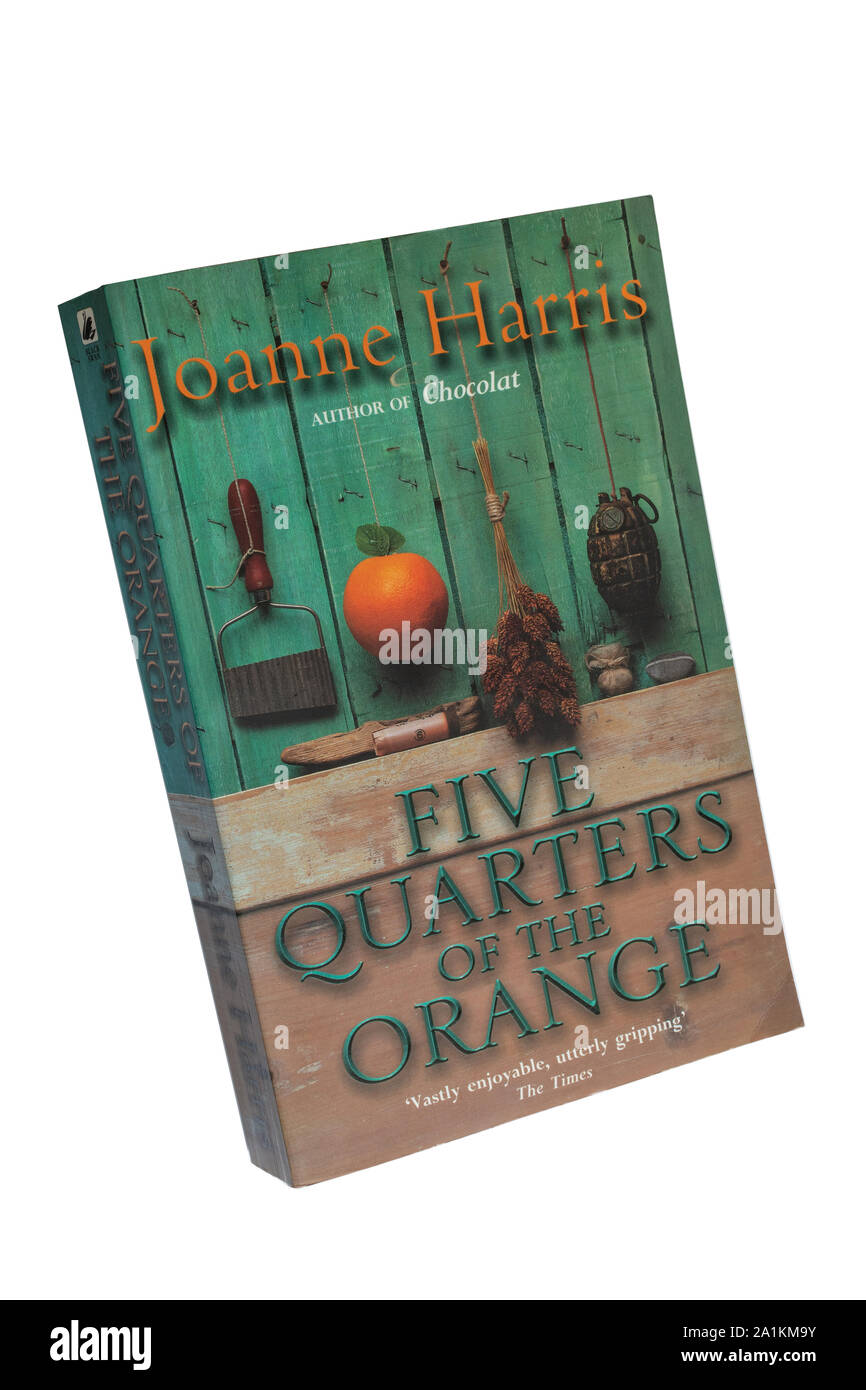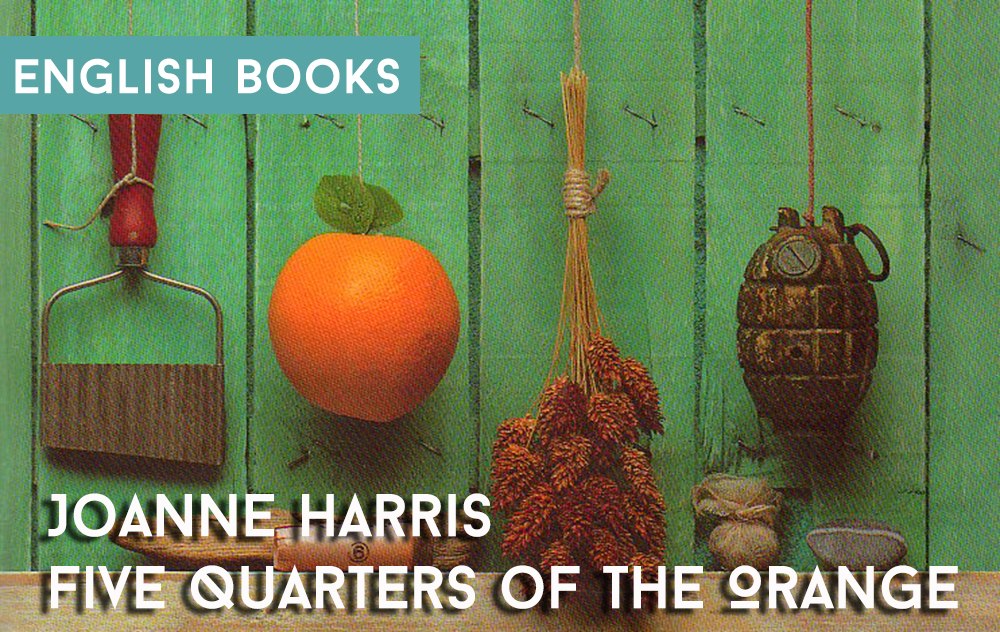

Least of all the Resistance, that fabulous quasi-organization. To the children, of course, these were mere abstractions: "We understood so little of it. Harris has a challenging project here: to show the complicated, messy reality behind such seemingly simple terms as collaborator and Resistance.

Yet their relationship with Tomas led to a violent series of events that still torment the aging Framboise. This intrigue provided a distraction from their grim home life-their father was killed in the war and their mother was a secretive, troubled woman.

Back then, she and her brother and sister traded on the black market with the Germans, developing a friendship with a charismatic young soldier named Tomas. The proprietor of a café in a rustic village, this crabby old lady recalls the days of her childhood, which coincided with the German occupation. This time she follows the fortunes of Framboise Dartigan, named for a raspberry but with the disposition of, well, a lemon. There was a bicycle basket across the handlebars in which she carried a flask of chicory coffee." But these simple pleasures, recorded with such adroitness, are precisely what give Framboise solace from the torment of her past.In Five Quarters of the Orange, Joanne Harris returns to the small-town, postwar France of Chocolat. Yes, some passages read like romantic, black-and-white postcards: "Reine's bicycle was smaller and more elegant, with high handlebars and a leather saddle. Instead I remember a mad scramble in which rumor chased counter-rumor and drunkards in cafes spoke loudly against the new regime." The author's portrait of occupier and occupied living side by side is given texture by her trademark appreciation of all things French. Books and the television made it sound so focused in later years but I remember none of that. In Five Quarters of the Orange, Joanne Harris returns to the small-town, postwar France of Chocolat.


 0 kommentar(er)
0 kommentar(er)
